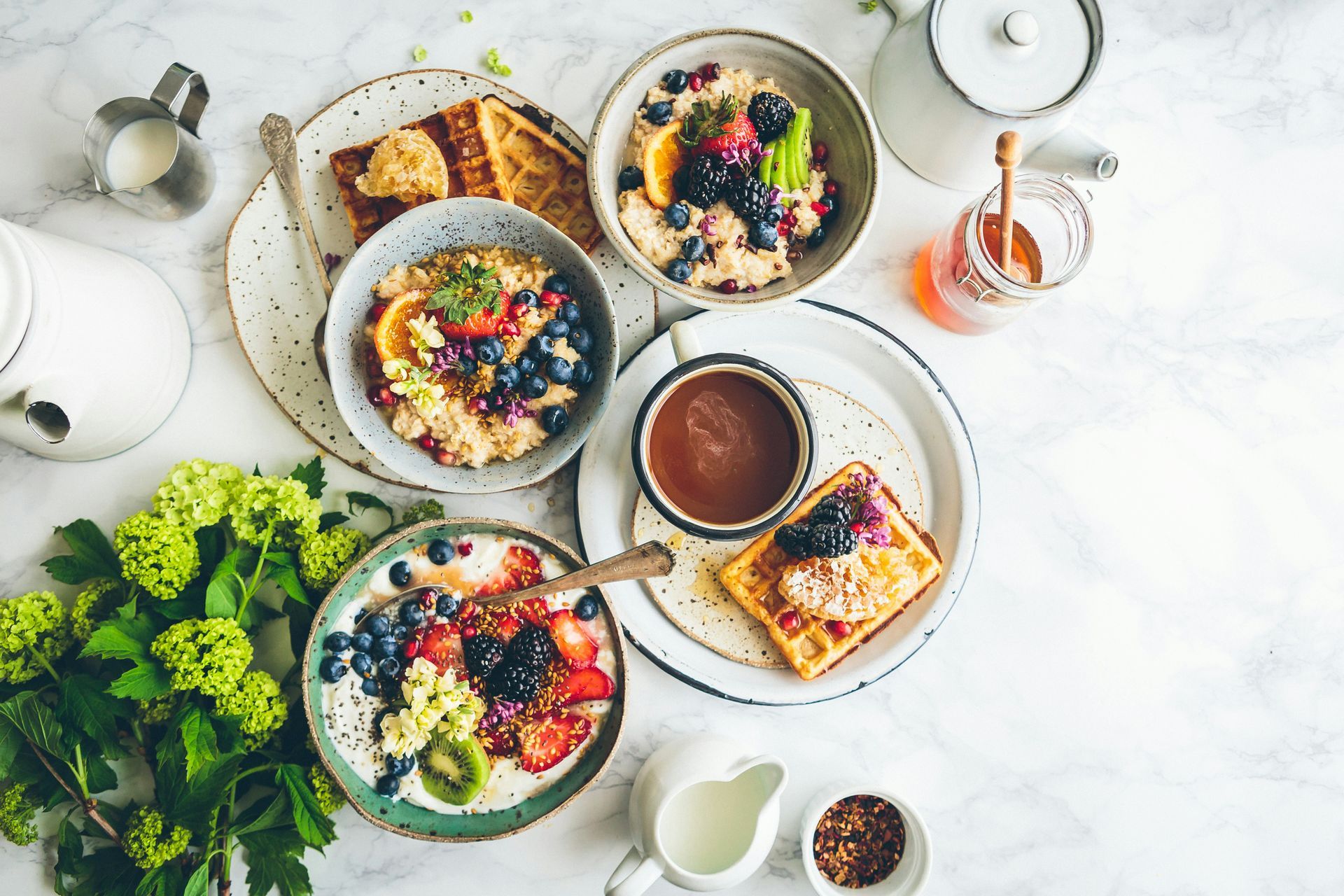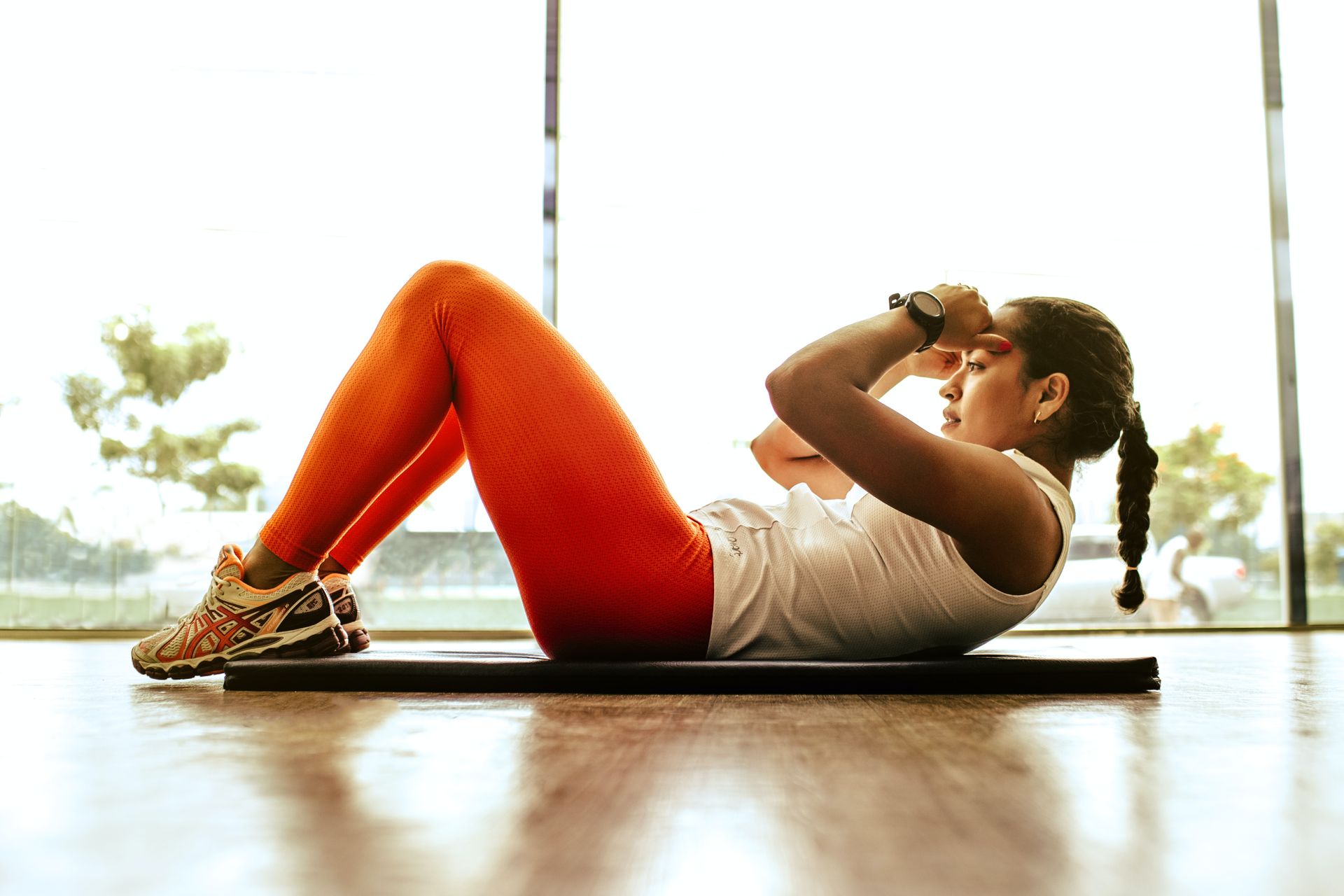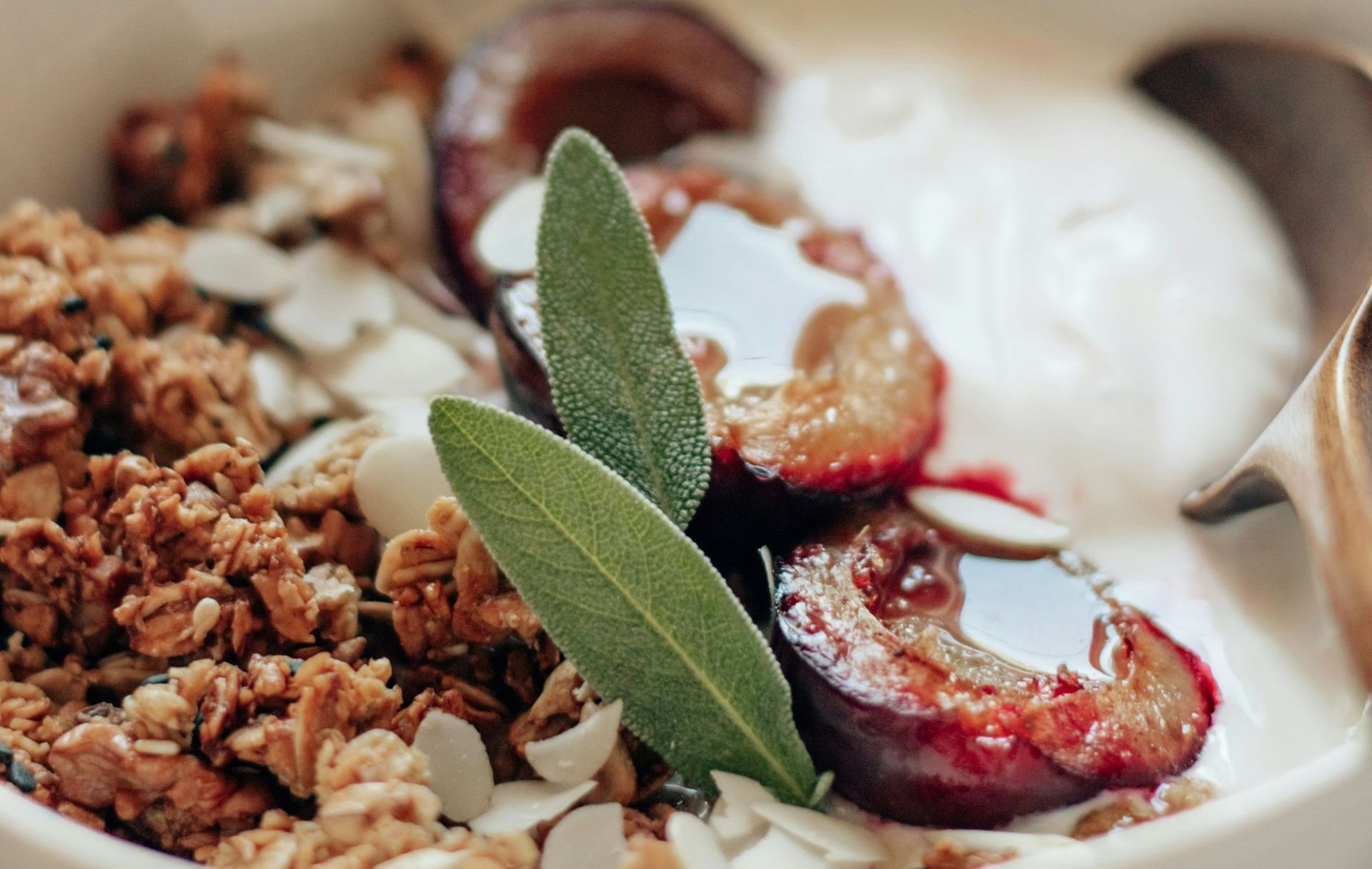
6 High-Protein Breakfast Ideas to Fuel Your Morning
Starting your day with a high-protein breakfast can boost your energy levels, improve focus, and keep you feeling fuller for longer. Whether you're trying to build muscle, maintain weight, or simply stay energized, incorporating more protein into your morning routine can make a big difference. Here are six delicious and easy-to-make high-protein breakfast ideas to kick-start your day.
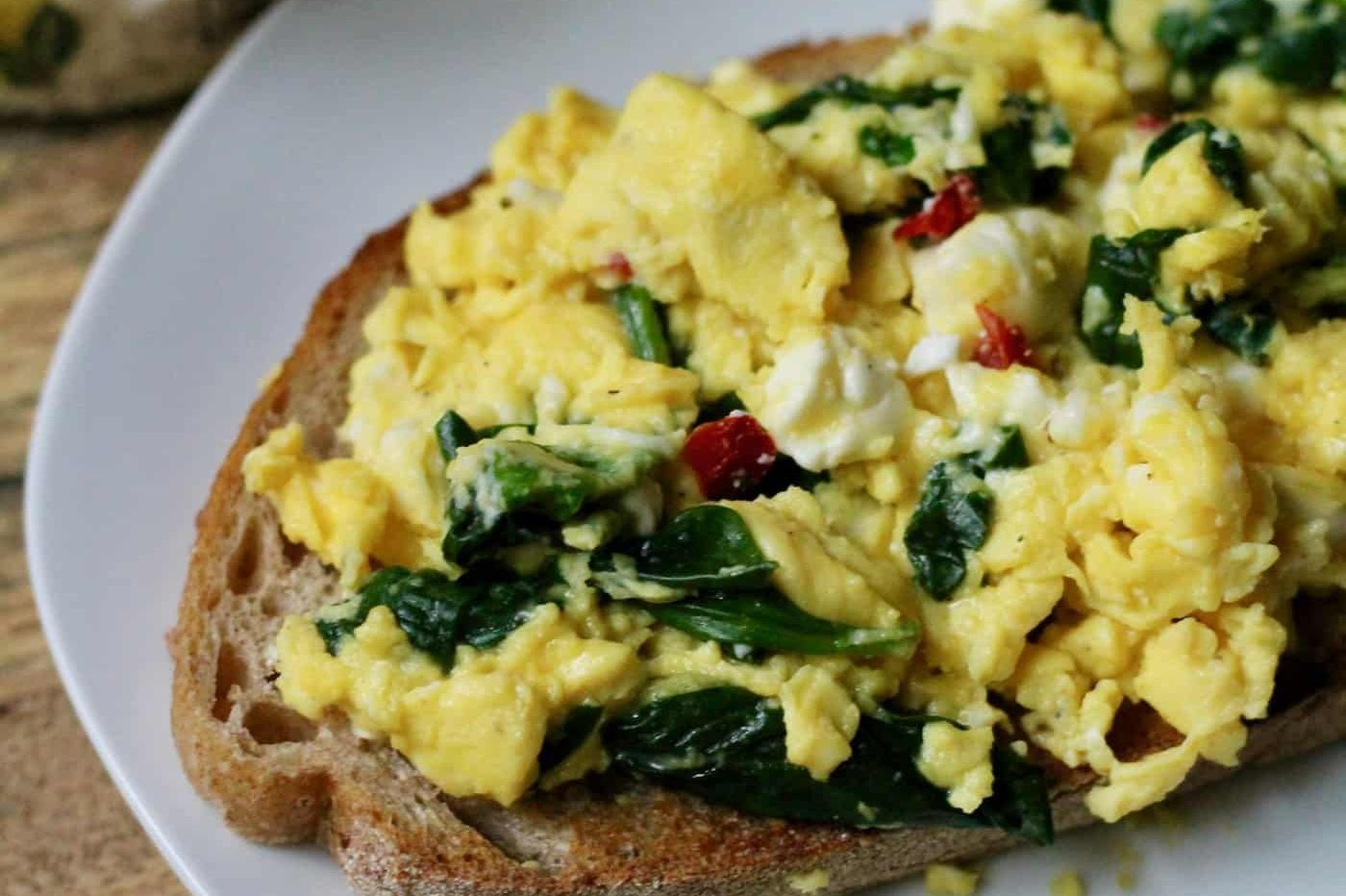
1. Scrambled Eggs with Spinach and Feta
Eggs are one of the best sources of high-quality protein, and adding spinach and feta gives this dish a nutritious and flavorful boost.
How to make it:
- Whisk 3 whole eggs and 1 egg white in a bowl with a pinch of salt and pepper.
- Sauté a handful of fresh spinach in a pan with olive oil.
- Pour in the eggs and scramble them until cooked to your liking.
- Add crumbled feta cheese just before serving.
This simple dish delivers around 25 grams of protein, plus the vitamins and minerals from the spinach.
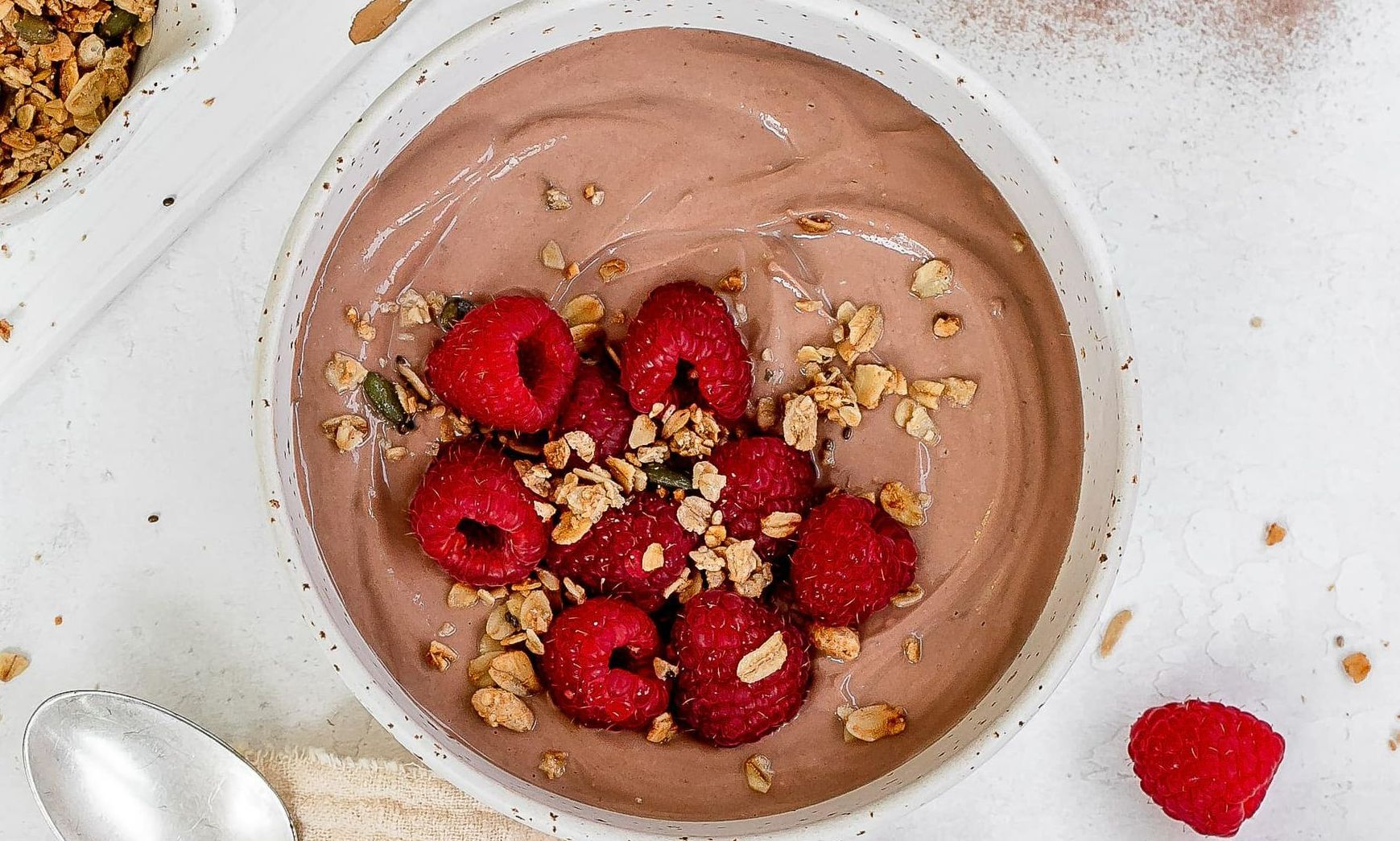
2. Greek Yogurt with Protein-Packed Toppings
Greek yogurt is a protein powerhouse, offering around 10-20 grams of protein per serving, depending on the brand. Pair it with protein-rich toppings for an even bigger boost.
How to make it:
- Start with 1 cup of plain, unsweetened Greek yogurt.
- Mix in half a scoop of protein powder for a boost in protein
- Add a spoonful of nut butter (like almond or peanut) for extra protein.
- Sprinkle chia seeds or hemp seeds for added fiber and protein.
- Top with a handful of almonds or walnuts for crunch and more protein.
This breakfast is quick, easy, and packed with nutrients, delivering about 25 grams of protein depending on your toppings.
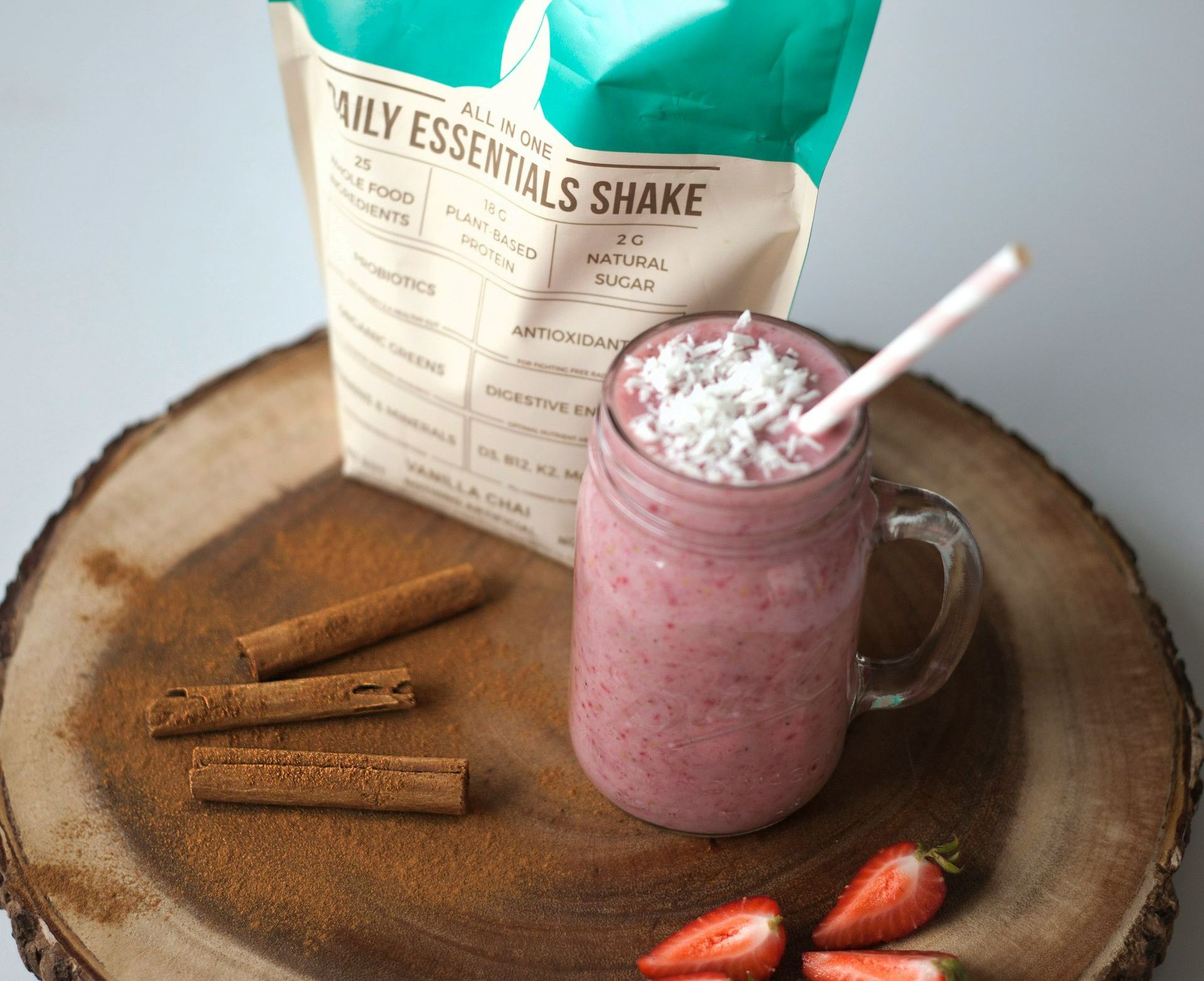
3. Protein-Packed Smoothie
A smoothie can be a convenient, high-protein breakfast if you pack it with the right ingredients. Adding protein powder to your smoothie ensures you get a solid protein boost right at the start of your day.
How to make it:
- Blend 1 scoop of your favorite protein powder (whey or plant-based) with 1 cup of unsweetened almond milk or water.
- Add 1/2 cup of frozen berries or banana for natural sweetness.
- Toss in a handful of spinach or kale for extra nutrients.
- Include 1 tablespoon of almond butter or chia seeds for healthy fats and additional protein.
This protein smoothie can deliver anywhere from 20-30 grams of protein, depending on the ingredients you use.
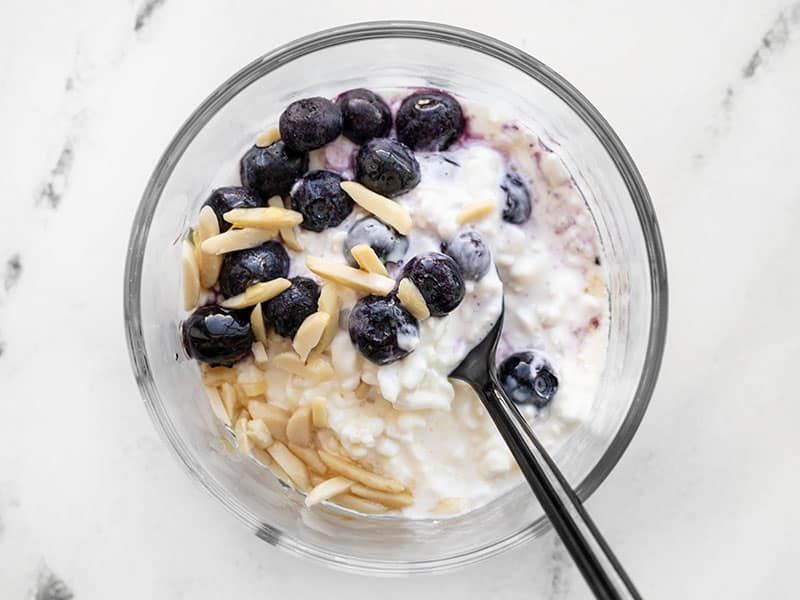
4. Cottage Cheese and Berry Bowl
Cottage cheese is often overlooked as a breakfast food, but it’s high in protein, low in fat, and incredibly versatile. Pair it with fresh berries for a balanced, sweet, and savory meal.
How to make it:
- Scoop 1 cup of low-fat cottage cheese into a bowl.
- Add a handful of fresh or frozen berries (strawberries, blueberries, or raspberries).
- Sprinkle with flaxseeds or chia seeds for additional nutrients.
- Drizzle a bit of honey or sprinkle cinnamon on top for sweetness.
With around 20 grams of protein from the cottage cheese alone, this breakfast is light but very satisfying.
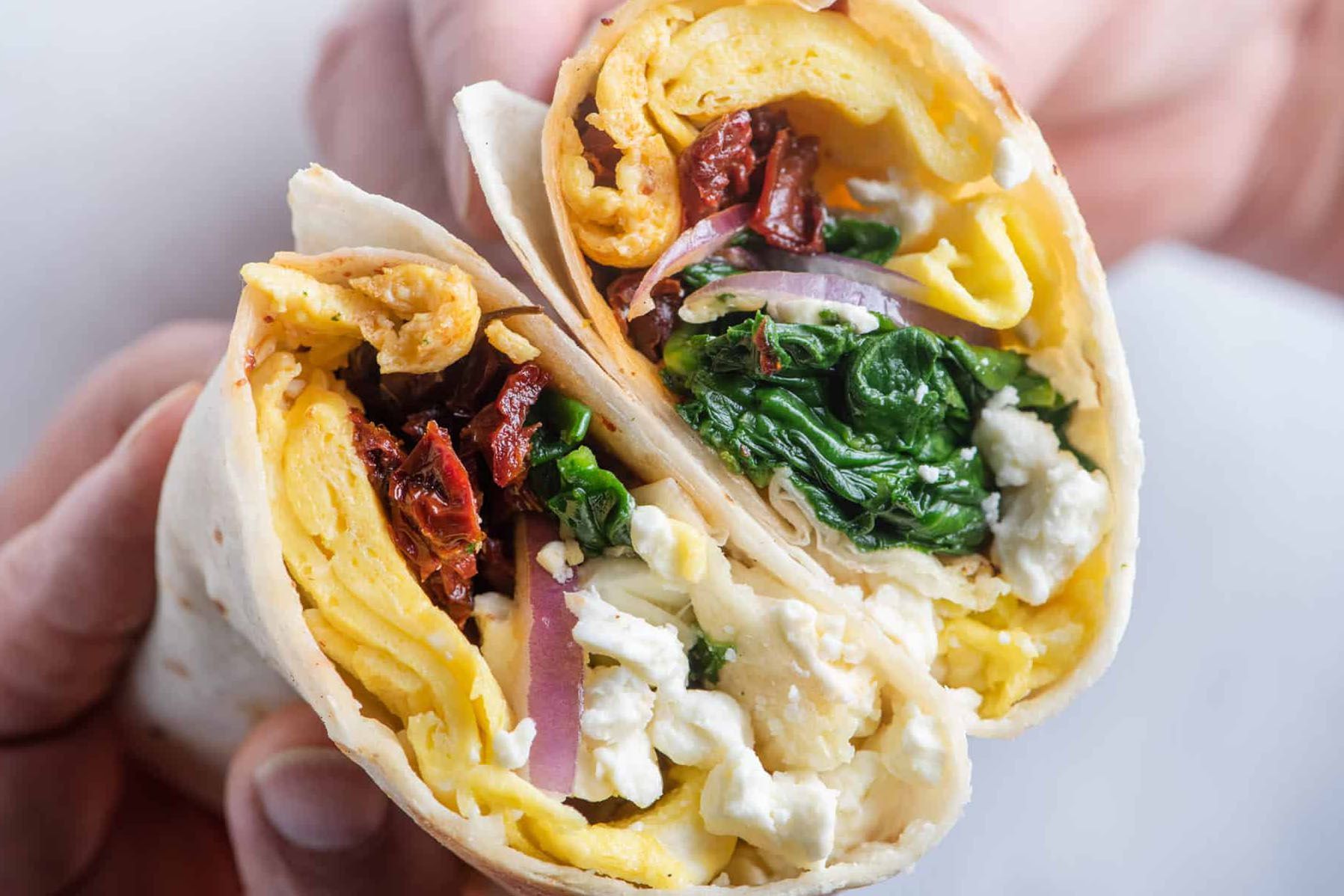
5. High-Protein Breakfast Burrito
A breakfast burrito is a delicious and filling way to pack in a lot of protein. By including eggs, black beans, and lean meat like turkey or chicken sausage, you can create a burrito that is as tasty as it is nutritious.
How to make it:
- Scramble 2 eggs with 1/4 cup of black beans.
- Add 1 turkey sausage (cooked and crumbled).
- Warm a whole-wheat tortilla and fill it with the egg, bean, and sausage mixture.
- Sprinkle some shredded cheese and top with salsa or avocado.
This protein-packed burrito offers around 25-30 grams of protein, making it a hearty and satisfying way to start the day.
Adding protein to your breakfast doesn't have to be difficult or time-consuming. Whether you prefer eggs, yogurt, smoothies, or even pancakes, there are plenty of ways to increase your protein intake in the morning. These five high-protein breakfast ideas are not only nutritious but also flavorful, making them the perfect way to fuel your body for the day ahead.
For personal training and coaching enquiries, email me here :)
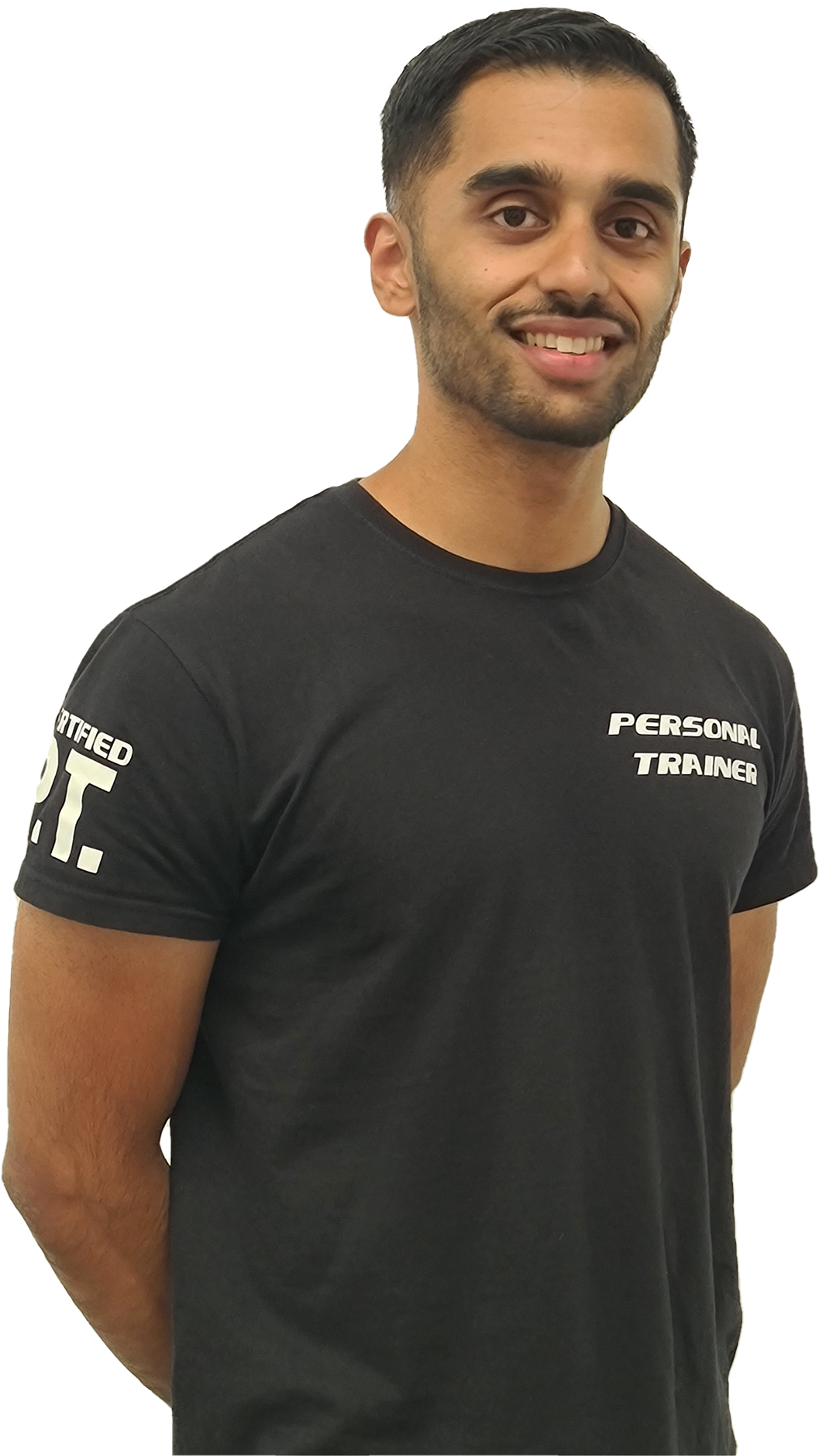
Start Today!
Ready to transform your fitness journey? Take the first step towards achieving your goals with personal training!
My take on Health and Fitness
